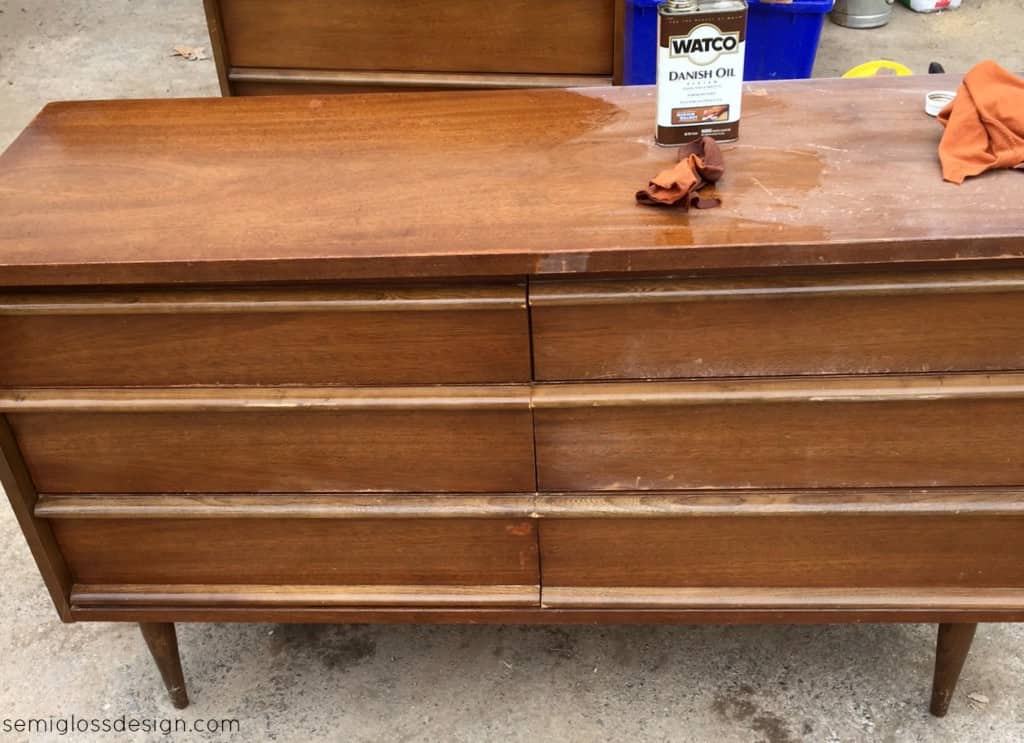How to Use a Paint Sprayer to Quickly Paint Furniture
Learn all about how to use a paint sprayer using the HomeRight Super Finish Max Extra sprayer.
I love painting. Nothing makes me happier than having a paintbrush in my hand. I know it’s weird, but I enjoy the process. However, every now and then, there are projects that I don’t enjoy painting. Like spindles. Or wrought iron furniture.
After my husband professed his desire for a rocking chair for the patio, I picked one up at a thrift store for him. All of those spindles made it the perfect candidate for my new HomeRight Super Finish Max Extra sprayer. Learn how to use a paint sprayer. Painting all of those spindles was quick and easy with the right tool!

My First Project:

Don’t let the picture fool you. This is not wood, but a lovely almost neon orange with a faux finish over it. There were also varnish bubbles and drips in select spots. After sanding down those spots, it was time to get ready for spraying.
By the way, when you buy a rocking chair, a lot of vintage items and a Scrabble game, the guy at the thrift store will probably make fun of your grandma ways. Haha! He has no idea.
How to Use a Paint Sprayer
This post contains affiliate links. By purchasing an item through an affiliate link, I earn a small commission at no extra cost to you.
Supplies Needed
Easy Tips for Using a Paint Sprayer
Wondering if you should use a sprayer for walls? Find out.
Pin for Later!

How to Use a Paint Sprayer


Emy is a vintage obsessed mama of 2 DIYer who loves sharing affordable solutions for common home problems. You don’t need a giant budget to create a lovely home. Read more…








Looks great! I suppose, if you’re super anal, the bumpy parts could be sanded and sprayed again, right? It’s still faster than brushing by hand, that’s for sure!
Think you! This is very helpful and definitely going to use them when using my sprayer.
Thanks Mary! My husband used the sprayer and he loved it so much. Start with something not precious until you get the hang of it. It’s so easy to use once you figure out the right spray setting. (We also learned not to turn it all the way to the minus sign or it wouldn’t spray at all.) Good luck!